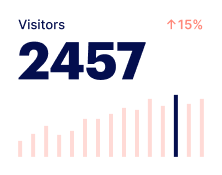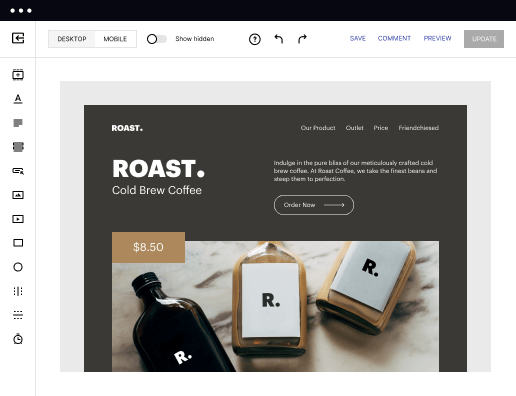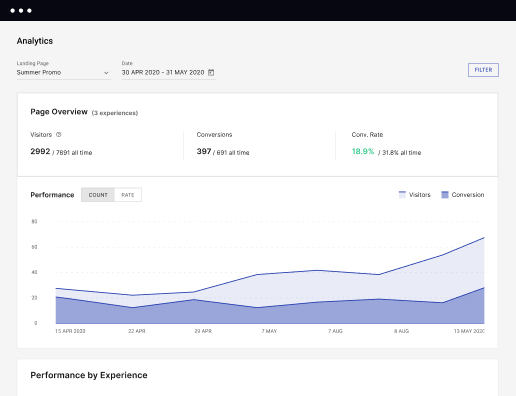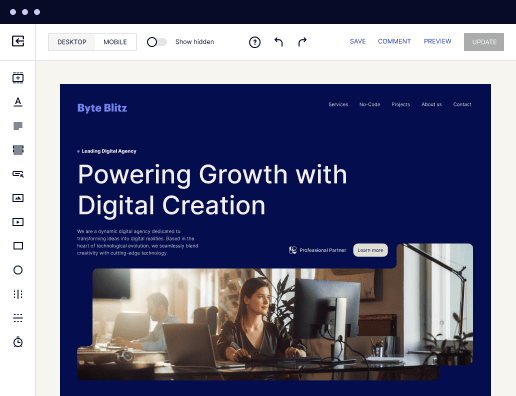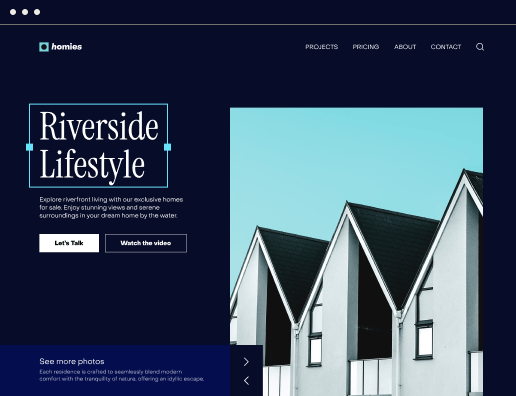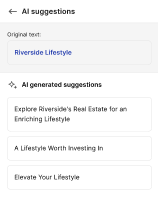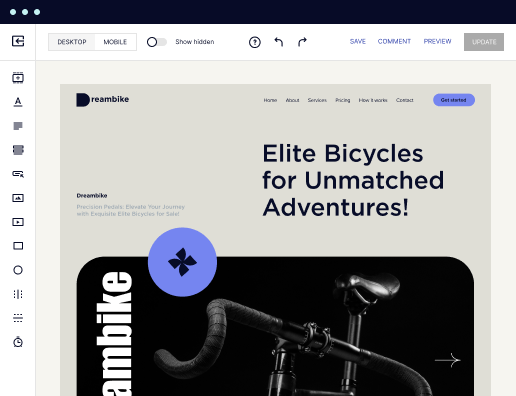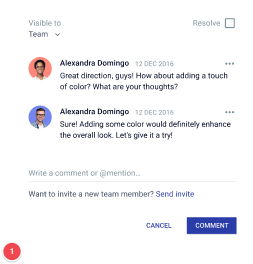Make your menu page designed for CentOS
Instapage empowers you to reduce costs, increase conversions, and deliver meaningful experiences on CentOS.
Create your menu page on CentOS with Instapage
Creating a menu page on CentOS can significantly enhance your marketing efforts by providing a streamlined user experience. With Instapage, you can rapidly develop high-converting landing pages that not only engage visitors but also build brand loyalty. This guide will equip you with clear, step-by-step instructions tailored for marketing professionals in various sectors, from tech to education.
Understanding the Basics of Creating a Menu Page
The process of creating a menu page on CentOS involves several steps that leverage Instapage's dynamic page-building capabilities. Here’s what you need to consider:
- Identify your target audience: Understand who your users are and what they need, allowing for personalized content.
- Utilize customizable layouts: Use Instapage's library of over 100 conversion-focused templates that require no coding expertise.
- Incorporate analytics: Monitor user behavior with heatmaps and analytics dashboards to optimize your page's performance.
Step 1: Set Up Your Environment
To create your menu page on CentOS, start by setting up your environment correctly. Here’s how:
- Install CentOS: Ensure your server runs on the latest version of CentOS for optimal performance.
- Configure your web server: Apache or Nginx should be configured to handle HTTP requests effectively.
- Secure your server: Implement necessary firewall settings to protect your data.
Step 2: Design Your Landing Page
Next, focus on the design aspects of your menu page. Utilize Instapage to meet your branding goals with these features:
- Dynamic text replacement: Customize messages based on user data for an enriched experience.
- AdMaps: Align specific ads with unique pages to boost relevance.
- Collaboration tools: Work with your team to gather real-time feedback and make edits effortlessly.
Step 3: Optimize and Launch
Finally, optimize your page before going live. Consider these crucial elements:
- A/B testing: Test different versions of your landing page to find the most effective design.
- SEO optimization: Ensure your page is search-engine friendly by using relevant keywords throughout.
- Performance monitoring: Post-launch, use Instapage's analytics tools to track user engagement and make data-driven adjustments.
By following these steps, you can successfully create and manage an effective menu page on CentOS that meets the needs of your audience.
Ready to start your journey with Instapage? Sign up today to create compelling landing pages that drive conversions and elevate your marketing strategy!
Get more out of Create your menu page on CentOS
Improve your Quality Score with quick load technology for landing pages
Increase conversions with content that aligns with your ads and audiences
Achieve maximum ROI by scaling your marketing initiatives
Leading the way in building high-performing landing pages





FAQs
See how to create your menu page on centos in action
Ready to skyrocket conversions?
Supercharge your ad campaigns with high-performing landing pages.
Get started
